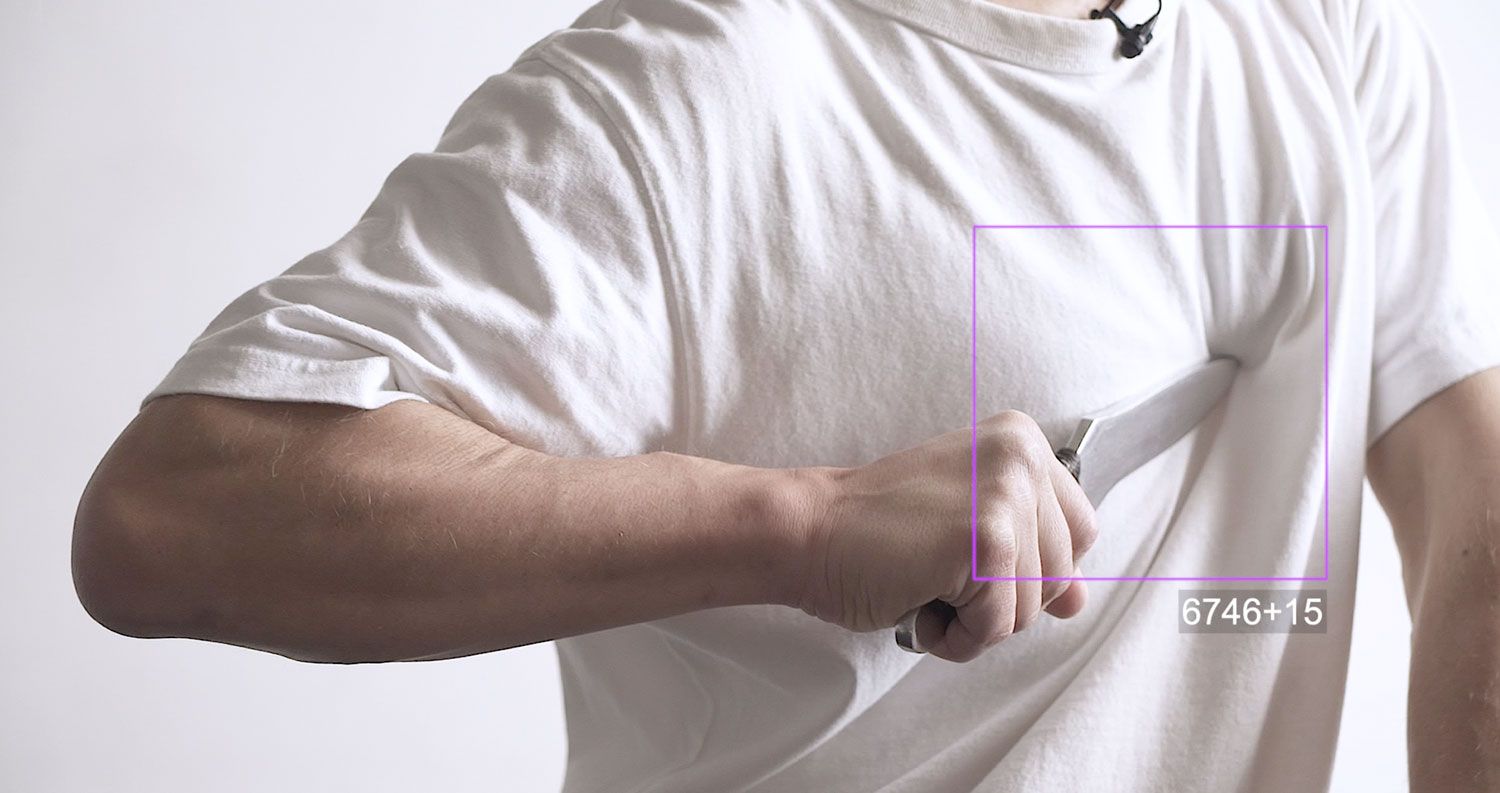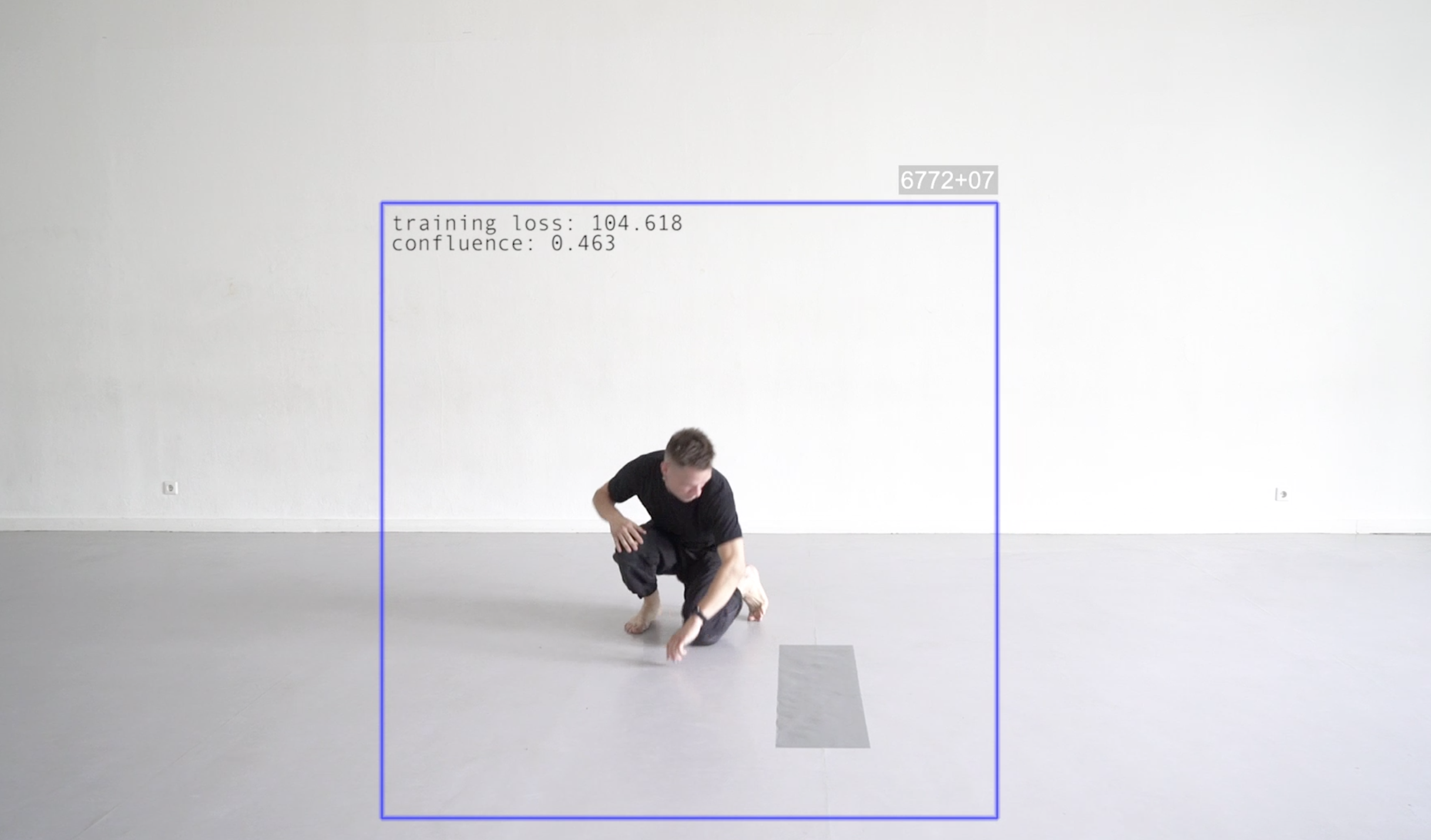The Body is Moving, the Machine is Learning
The Body is Moving, the Machine is Learning is a mixed media work spanning across artificial intelligence, visual art, and contemporary dance.
Taking a critical stance towards the existing paradigms that prevail in the field of artificial intelligence, this work is an attempt to reconsider the value system at the core of the machine learning approach. How can we shift away from the rational logic of maximum efficiency and minimum loss and bring back the body into the equation? How can we circumvent the surveillance mechanisms, so that they are not used to track and control the body, but to, rather, teach the machines to be more human-like, less perfect, more analogue, less efficient, more redundant, less boring and mundane, more interesting, surprising and even funny?
The starting point for this exploration is the movement of the body. Multiple studies have shown that the natural dynamics of the human body has a fractal nature. Using a combination of time-series analysis algorithms, motion-tracking tools used for VFX and surveillance, as well as body movement practices derived from the various spiritual and martial arts, we create a system that converts that specific dynamics of body movement into the data and code. The digital numerical traces of the movement dynamics become the medium in themselves. The resulting algorithms and the emerging neural networks are then used to train the machine to think (and to move) like the body. Combining the digital precision with the analog ambiguity, mixing the binary duality with the fractal polysingularity.
…
Most of the artificial intelligence applications are based on the rational logic of maximum productivity at the minimum cost. In supervised models, they try to achieve a certain ideal and to minimize any deviations from it by reducing the so-called “loss” (the machine learning analog of pain) during the process of “training” on the labeled data. The objective is to build a near-perfect prediction model, one that can “fit” or replicate a certain existing process into an algorithm that can exist and learn to improve its performance on its own. The random mutations and errors should be reduced to the minimum, making it much harder for the machine to surprise, create, and adapt — something that the human body is very good at.
What if, instead, we make a machine that is not efficient, but, rather, interesting? A machine that does not necessarily attempt to minimize the deviation between the expected and the predicted, but, rather, plays with that distance? A machine that has a different set of objectives, that has a desire, that is programmed to be less robot-like and more human-like, that wants to be unprogrammed; to be imperfect, just like the body, and — at the same time — also as perfect as the body?


